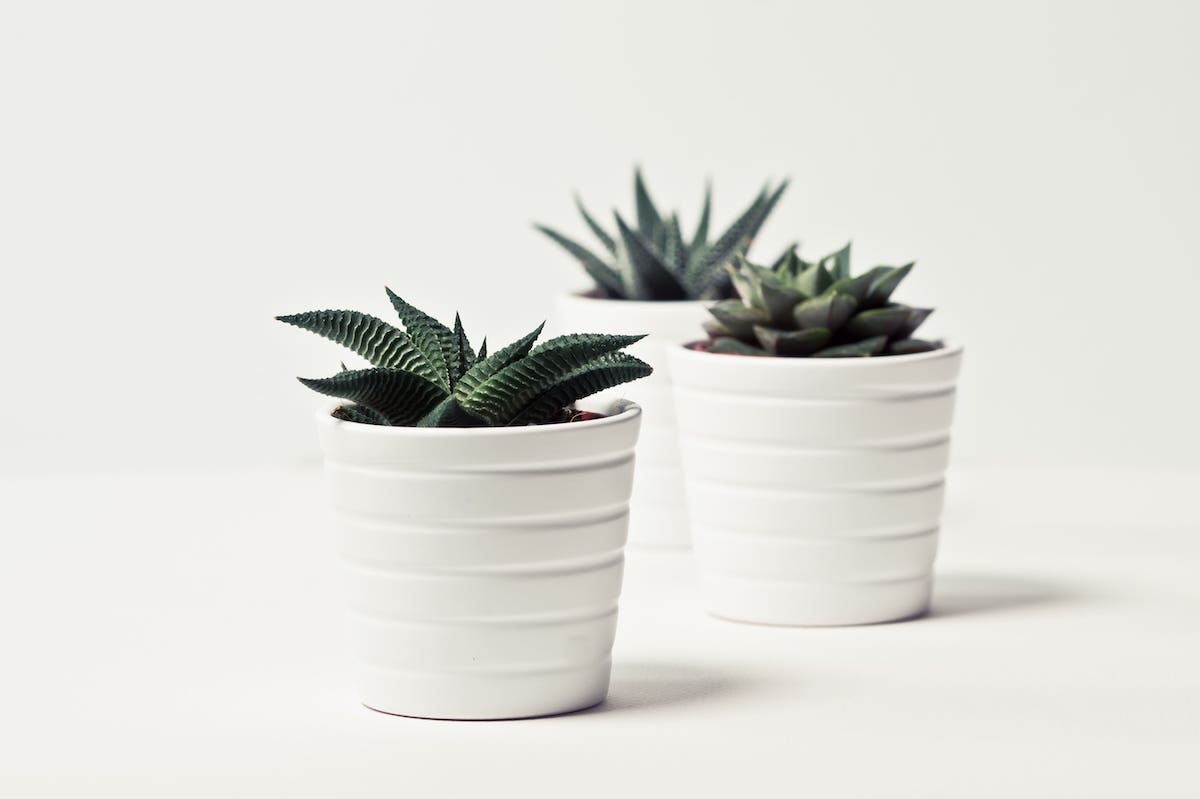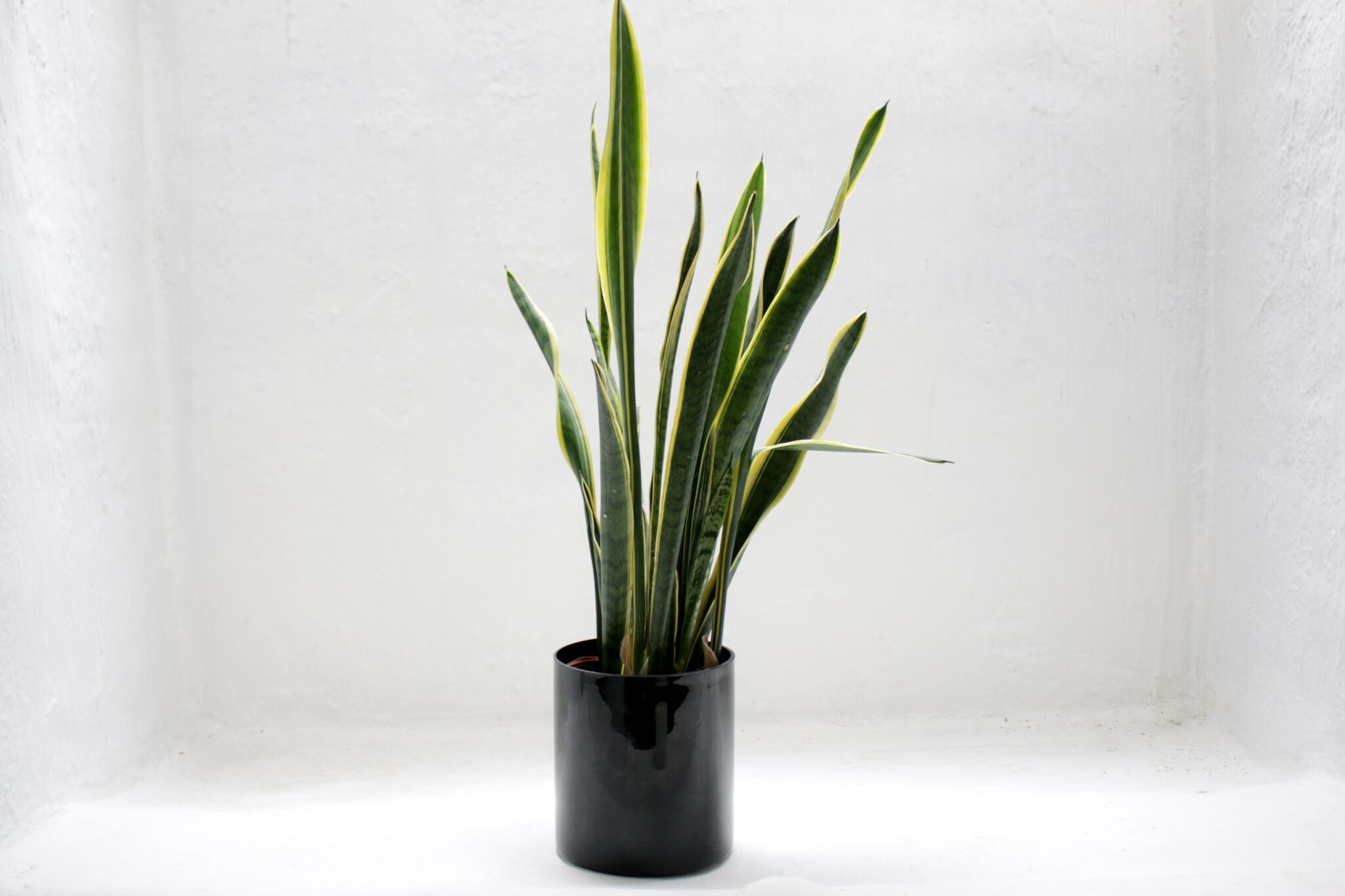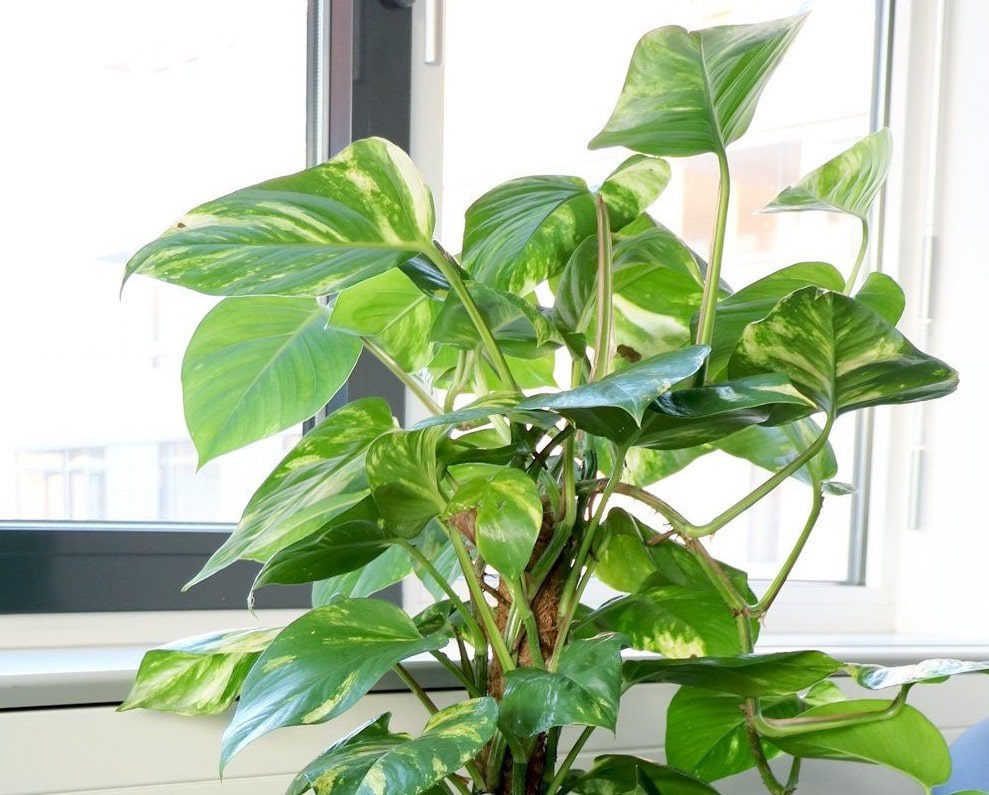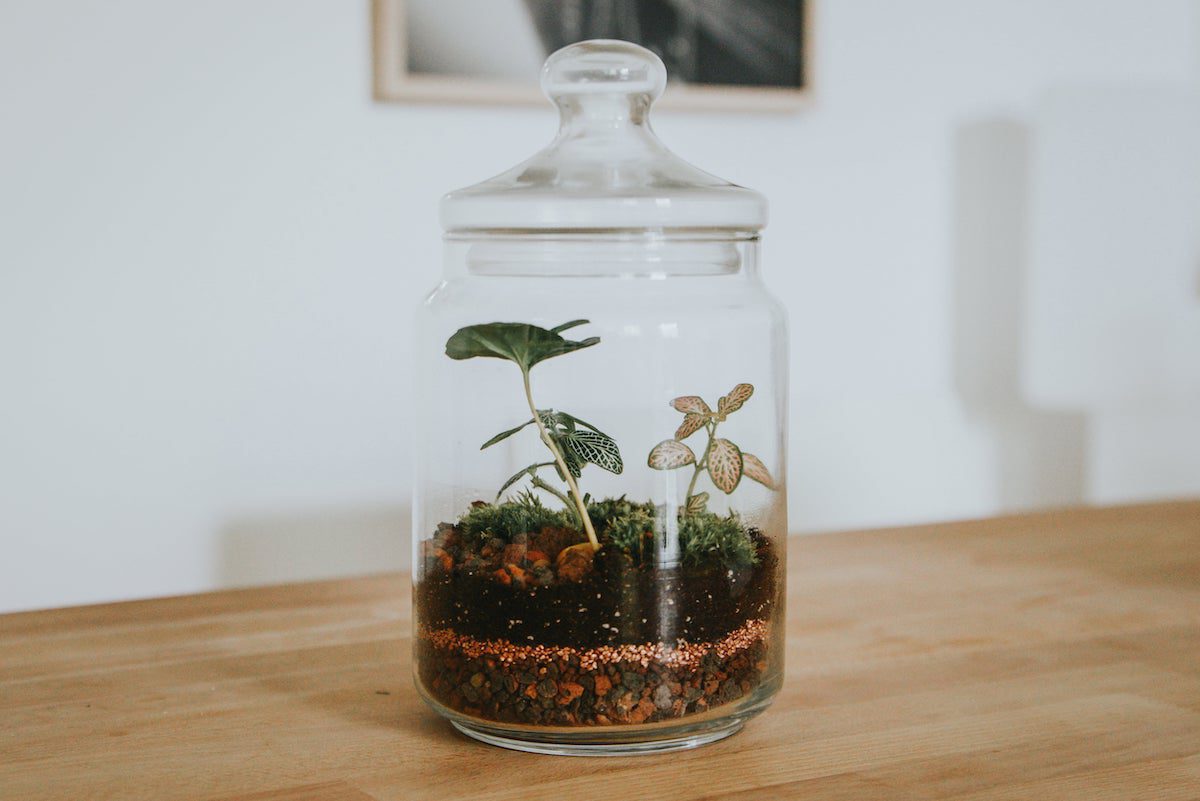6 Houseplants Anyone Can Keep Alive No Matter How Busy They Are
Houseplants add a soothing, decorative touch to any home. With a variety of options, you can add lots of green to any room. Not only are they pretty to look at, houseplants can offer health benefits, too.
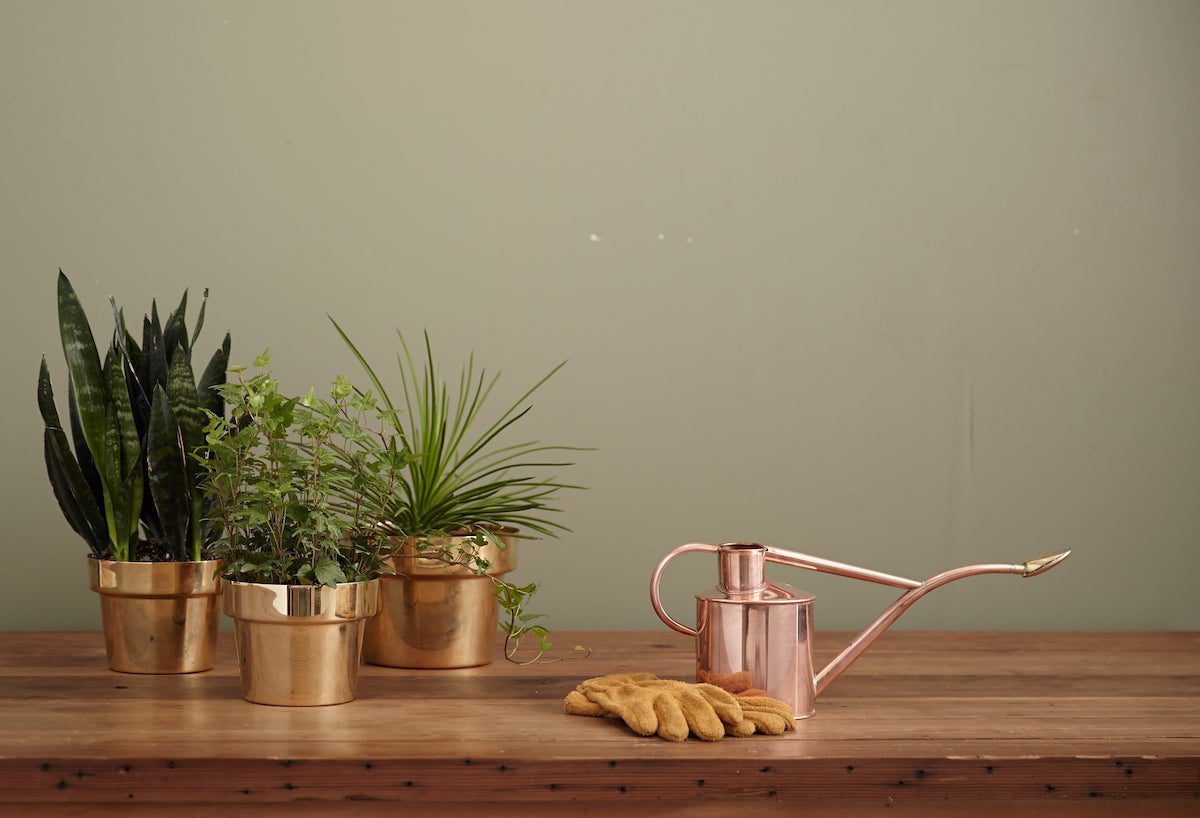
“Admiring houseplants can help promote relaxation, reduce stress hormones and put you in a much better mood," says Sarah Smith, a florist. They're one of nature's “best kept secrets when it comes to feelings of inner peace and calm."
When you can keep them alive, houseplants are great. Yet, nothing looks worse than a pretty plant turning brown from neglect. The National Gardening Association says that 30 percent of all households bought at least one house plant in 2017, so what are they buying that stays alive?
With days full of work and family commitments, you need a houseplant that can survive if forgotten about for awhile. Here are a few to consider if you find it hard to remember their care on a regular basis.
Pothos
Photo credit: Lesly Gregory
Attractive and hearty, Pothos have a reputation as one of the easiest houseplants.
They make a great addition to any busy home. Growing as a collection of vines, you can actually wrap long pieces back into the soil so they root, creating a lush plant.
They can tolerate almost any light conditions, although you should avoid direct sunlight and water weekly, after the soil has time to dry out.
Pothos make great housewarming gifts, especially for first-time plant owners. You can even take a clipping from your Pothos instead of buying a whole new plant. Cut off a piece that has small, brown nodes on the vine. Place in water so the nodes submerge. Roots grow from the nodes within a few days, and once there you can pot the clipping, wrap with a bow and deliver to a friend.
Succulents
Photo credit: Ylanite Koppens from Pexels
There are a variety of plants within this category, and they're all easy to maintain with little effort. Aloe, jade plants and any cactus fit into this group.
Succulents have fleshy, thick leaves or stems which swell to store water. They thrive in dry climates and handle neglect, making them a great plant for a busy owner. Doing best in direct sunlight, succulents like living on or near a window.
It's best to repot succulents when you bring one home to ensure they're in potting mix that drains well. You can find cactus or succulent soil, but in a pinch, use African violet potting mix. The container should have a large drainage hole so potting mix dries out completely between waterings. Saturate when watering, every 1-2 weeks.
Snake Plant
Photo credit: Fabian Stroobants from Pexels
Also known as mother-in-law's tongue, this hardy plant grows tall, narrow leaves that stand straight up. Watering should only occur after soil completely dries out. In fact, any standing water in the drainage saucer under the plant can damage it. Place in indirect light and make sure the leaves stay dry when you do water it.
A soilless potting mixture is best to help with drainage, along with a pot with a large drainage hole. For pet owners, some plants, like this one, are toxic for cats and dogs if eaten. Make sure to display in an area of your home pets can't reach.
Philodendrons
Photo credit: Plantopedia
Another group of plants, philodendrons adapt well to conditions inside a home. Varieties include vining and non-climbing. Vining need a post or support to climb on as they grow, and include types like blushing and heartleaf. Non-climbing grow upright on their own. Tree and split-leaf are two examples of this kind.
Plants in this group should only be watered once the top inch of soil dries out. If you forget to water, you'll notice their leaves begin to droop, but don't worry. Once you water, they'll perk back up.
Philodendrons grow slow and thrive in both bright and indirect light. Sometimes confused with the Pothos, you can tell the difference because Philodendrons are larger without varied leaves.
ZZ houseplant
Photo credit: Nature & Garden
Getting its unique name from its more complicated botanical one, zamioculcas zamiifolia tolerates low or bright light. The level of light your ZZ gets impacts the water it needs. More light, more water and vice versa. This gives you the control for how much care the plant requires.
Different than the other plants on this list, the ZZ can produce small flowers. They appear at the base of the plant, but leaves can hide them from view. Over-watering can cause rot, so pot with well-draining soil and a good drainage hole. Make sure the top layer of soil completely dries out between waterings, as well.
Terrarium plants
Terrarium photo credit: Photo by Maud Bocquillod via Unsplash
While not an actual houseplant, this variety of plants is incredibly hardy. They're highly decorative, as well. Most local nurseries have a terrarium section to select your own container, plants and special miniature decorations. Plant options include:
- Friendship plant
- Small ferns
- Watermelon peperomia
- Small cacti
- Nerve plant
- African violet
You can create a terrarium using either an open or closed container. Regardless of choice, you'll need to display it in an area with bright, but indirect light. Sealed terrariums need the least amount of water, but you need to keep the soil moist. Too much water, and the container will fog up. The only other maintenance for these is an occasional trimming. Plants shouldn't touch the glass, and trimming keeps them from outgrowing your container.
The benefits of houseplants
Whether you have a lot of time to cultivate plant life throughout your home, or want something you can display and ignore, there's a plant out there for you. “People are realizing that houseplants are an inexpensive, stylish and a therapeutic way of bringing nature into their homes. When we all lead such busy, urban lives, that's a lovely thing," says Alice Vincent, a gardening writer and author.
Luckily, a few of these houseplants, like pothos, philodendrons and the snake plant help purify the air in your home. Snake plants also emit oxygen at night, which can help you sleep better. Having no time to care for houseplants is no longer an excuse with these beneficial, easy-to-care for options.

